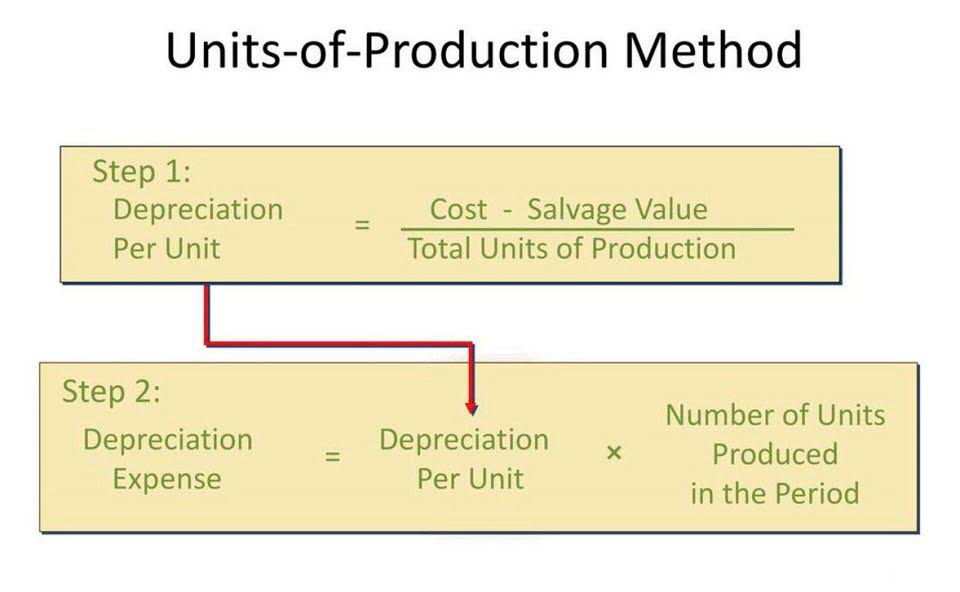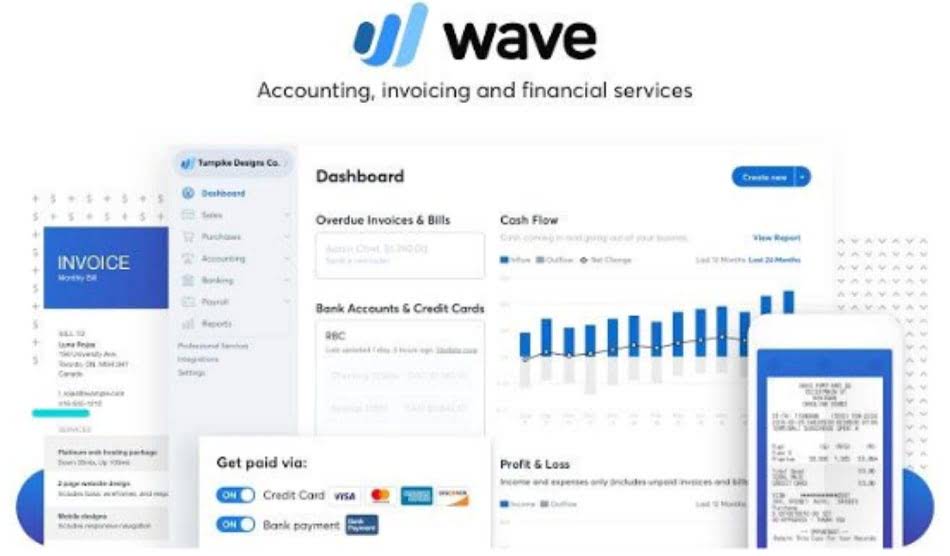
These tools automate the computations using the necessary inventory data. Yes, changes in your company’s LIFO reserve might indicate inflation lifo reserve journal entry trends affecting product costs. The entry effectively increases the cost of goods sold, as under the LIFO method the most recent (and therefore higher cost) items sell first. Consequently it follows that as the change in inventory is a component of the cost of goods sold, the other side of the double entry posting is to the cost of goods sold account.

Conclusion: Key Insights on the LIFO Reserve in Accounting

The reserve provides transparency for shareholders into the true valuation of inventory. The LIFO reserve is an account used to bridge the gap between the FIFO and LIFO methods of inventory valuation. The reserve helps to outline the many differences between the two methods and shows how each method would affect the company’s COGS (Cost of Goods Sold) in different situations. The LIFO method, on the other hand, is the Last in Last Out technique used to take inventory. This method records a high cost of goods and a low amount of profit made, thus reducing the amount of taxable income. Most companies tend to lean towards using LIFO because it uses their latest inventory to calculate the cost of sold goods.

Benefits Of LIFO Reserve
LIFO and FIFO play a role in taxes too since they affect taxable income through COGS calculation differences. A larger LIFO reserve can result in tax savings by deferring income tax payments into future periods under US GAAP regulations—this impacts cash flow planning and financial strategies for businesses. If the company reports inventory with the LIFO method, the COGS will be higher, and the gross profit will be low. In this way, the company will have to pay low taxes than what they would have to pay by using the FIFO method.
FIFO Method of Inventory

Understanding this formula can help analyze a company’s inventory valuation methods and their potential tax implications. The LIFO reserve is the difference between the cost of inventory calculated using the FIFO method and using the LIFO method. The FIFO method assumes that the first units added to inventory are the first ones used, while the LIFO method assumes that the last units added to inventory are the first ones used. In effect, there would be no LIFO reserve if a business did not use LIFO for its tax reporting and FIFO for its financial reporting.
It results in sale of old units that were purchased at potentially lower per unit cost. In simple words LIFO reserve is a tool that helps convert LIFO to FIFO quickly. As we know inventory cost under FIFO is higher than cost under LIFO method that is why in the formula above FIFO cost is sum of LIFO reserve and LIFO cost.
- You’ll need to debit the Cost of Goods Sold and credit the LIFO Reserve account.
- Adjustments reveal how changes in inventory cost due to price fluctuations affect profitability.
- This number adjusts reports, making them clearer for comparing with others.
- Finance teams need to reverse the LIFO reserve balance through credit entries, impacting earnings.
- We believe that sustainable investing is not just an important climate solution, but a smart way to invest.
Advance Your Accounting and Bookkeeping Career
It is common for companies to use the FIFO method to manage their inventory internally, while leveraging the LIFO method for financial statement presentation and tax purposes. Often, they can reduce income taxes during times of inflation by matching recent higher costs against current revenues. This means companies report lower profits and thus pay less tax compared to FIFO users – an essential factor for accountants and financial strategists. The LIFO Reserve is an important accounting calculation mandated by the US GAAP and FASB. The companies must report the LIFO Reserve in their financial statements when they use multiple inventory methods for internal and external reporting.
In some jurisdictions if entity is using LIFO method then it is required to disclose LIFO reserve. It helps making comparisons easy even if entities are using two different cost assumptions i.e. one using LIFO and other using FIFO. Discover the top 5 best practices for successful accounting talent offshoring. This reserve amount essentially represents the deferred tax liability that would need to be paid if the company ever liquidates its LIFO-based inventory.
- Chartered accountant Michael Brown is the founder and CEO of Double Entry Bookkeeping.
- Calculate current ratio for both companies with and without LIFO adjustment for company X.
- The key takeaway is that subtracting the LIFO reserve gives you the FIFO inventory number for comparison purposes.
- Additionally, significant LIFO liquidation events require adjustments when inventory volumes decline substantially.
- Yes, a large LIFO reserve can lead to lower net income on your business’s financial statements during times of rising prices.
- By measuring changes in the size of the LIFO reserve over several periods, you can see the impact of inflation or deflation on a company’s recent inventory purchases.
Accounting Jobs of the Future: How Staffing Agencies Can Help Land Them

By understanding the LIFO reserve formula, you can accurately calculate this inventory adjustment to comply with accounting standards and provide investors transparency into your business. In this method of inventory, the cost of goods sold is calculated by starting with the latest goods bought. For instance, if you bought 100 lipsticks in week one at $10 each, 90 lipsticks in week two at $15 each, and you bought 150 in week three at $20 each. Your inventory will assume that you started selling the lipsticks from week three first. When you ran through those at week three, you started selling those you bought in week two and so forth. Because the cost of lipstick keeps rising, your cost of goods Online Accounting sold will be high too.
Implications for Financial Ratios and Cash Flow
The LIFO reserve reduces the Cost of Goods Sold (COGS) on the income statement. Since the most recent costs are expensed first under LIFO, COGS is lower compared to other methods like FIFO. However, the benefit is essentially “artificial” since the Bookkeeping for Chiropractors outdated historical costs reflected do not represent current inventory replacement costs.

